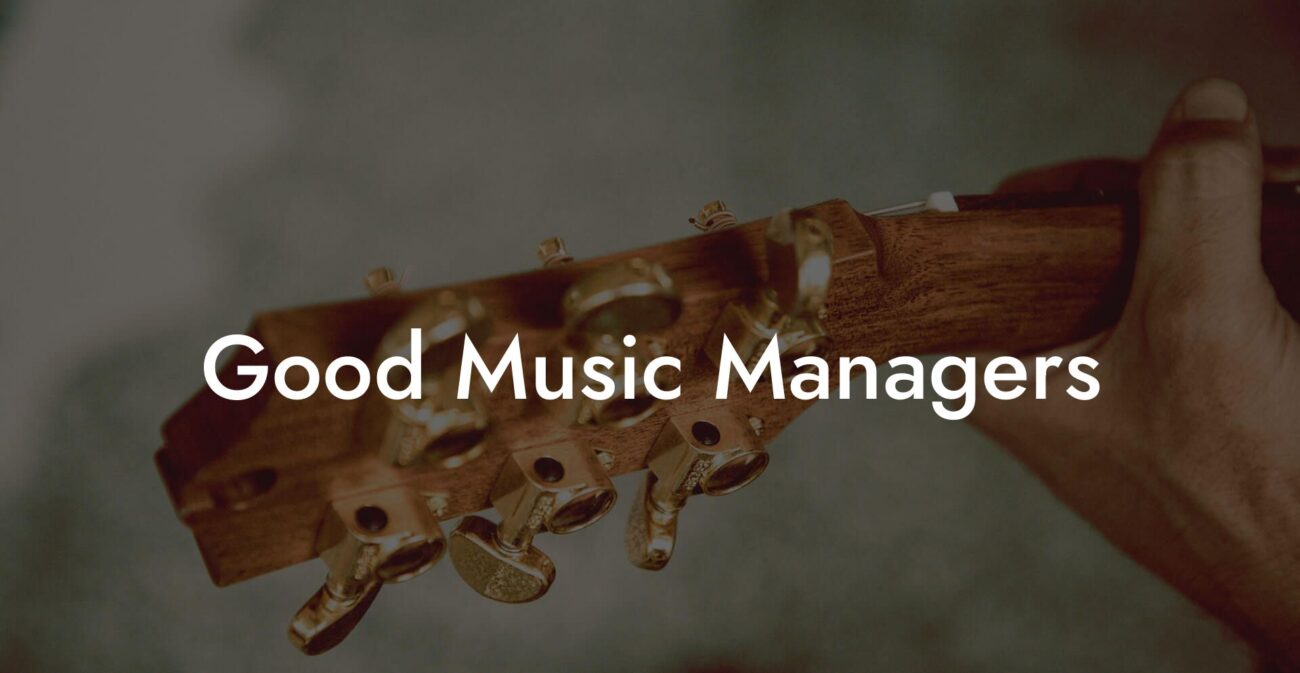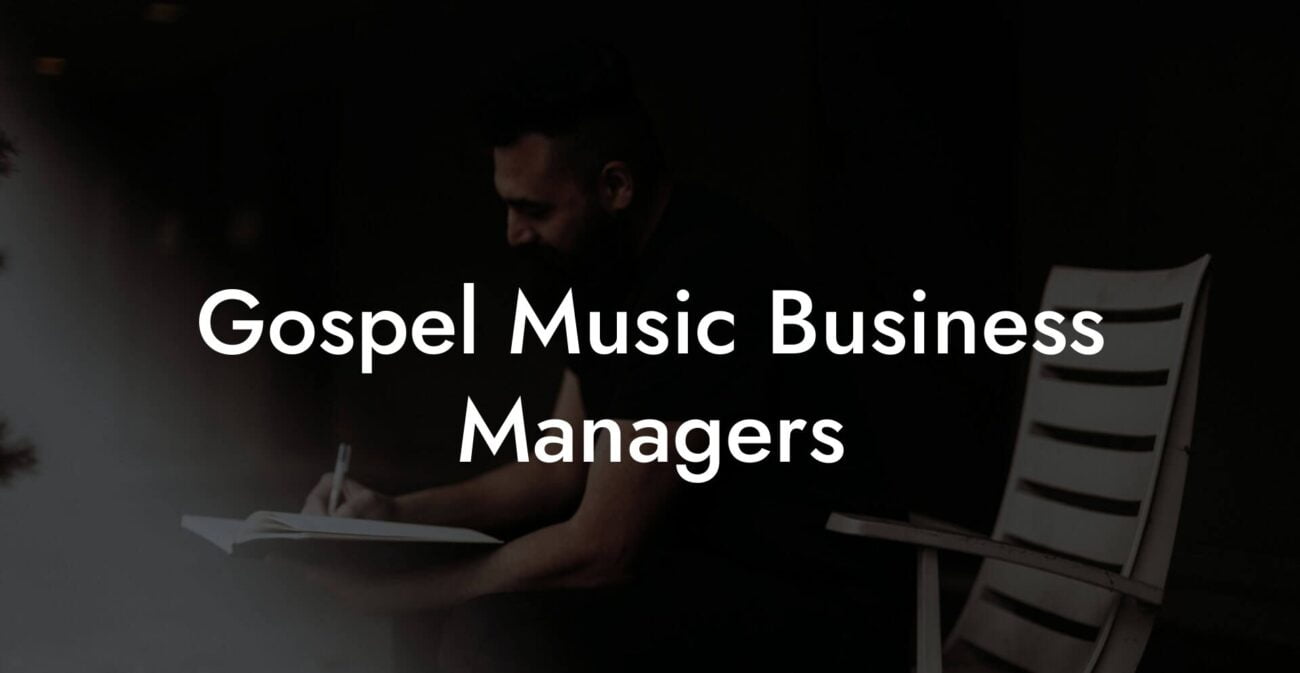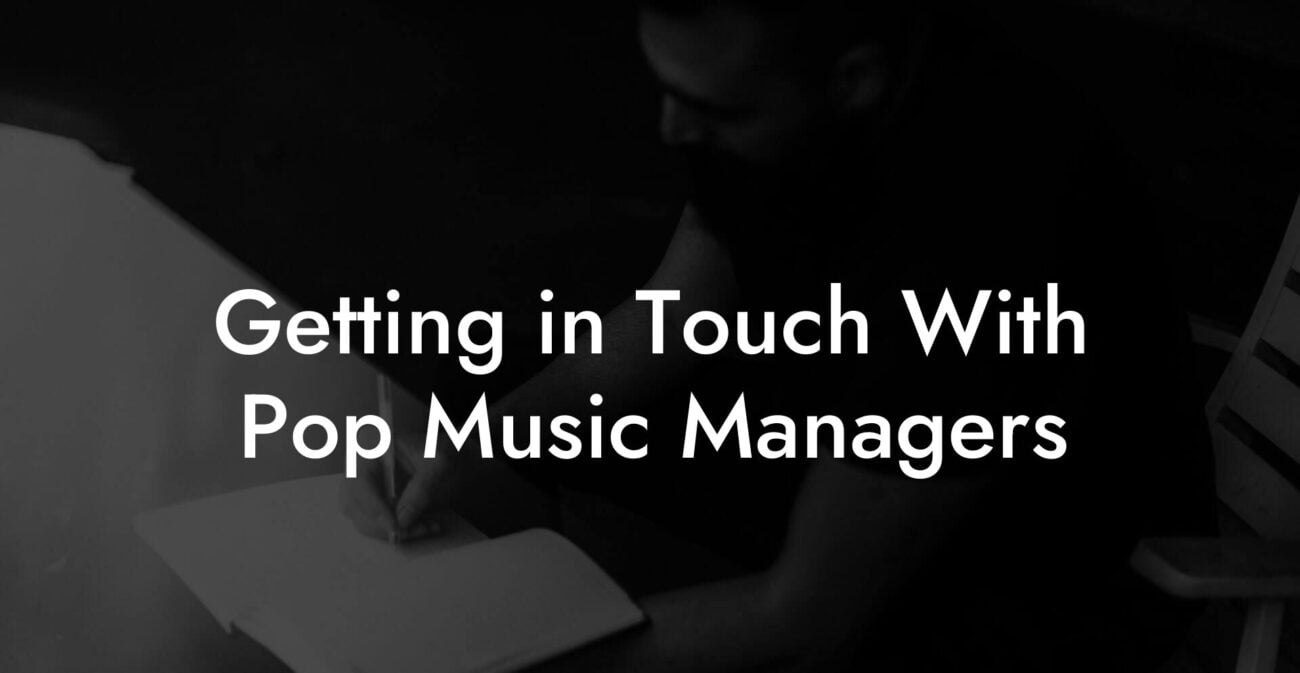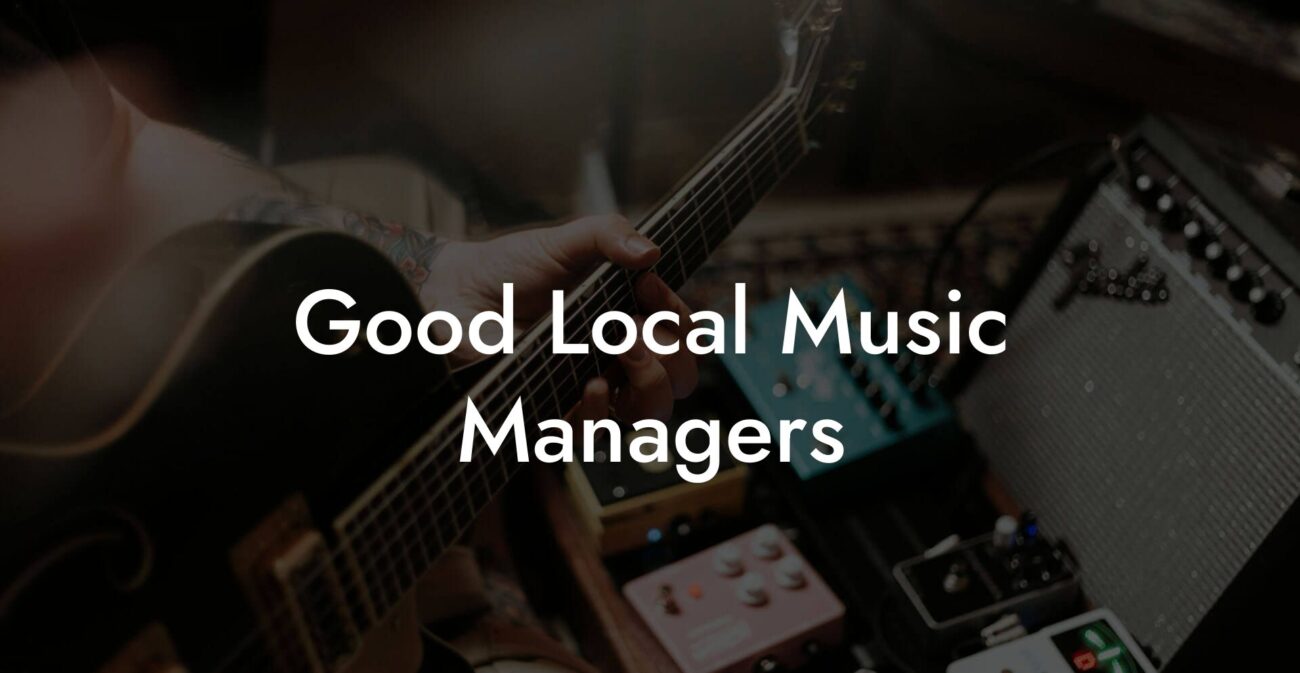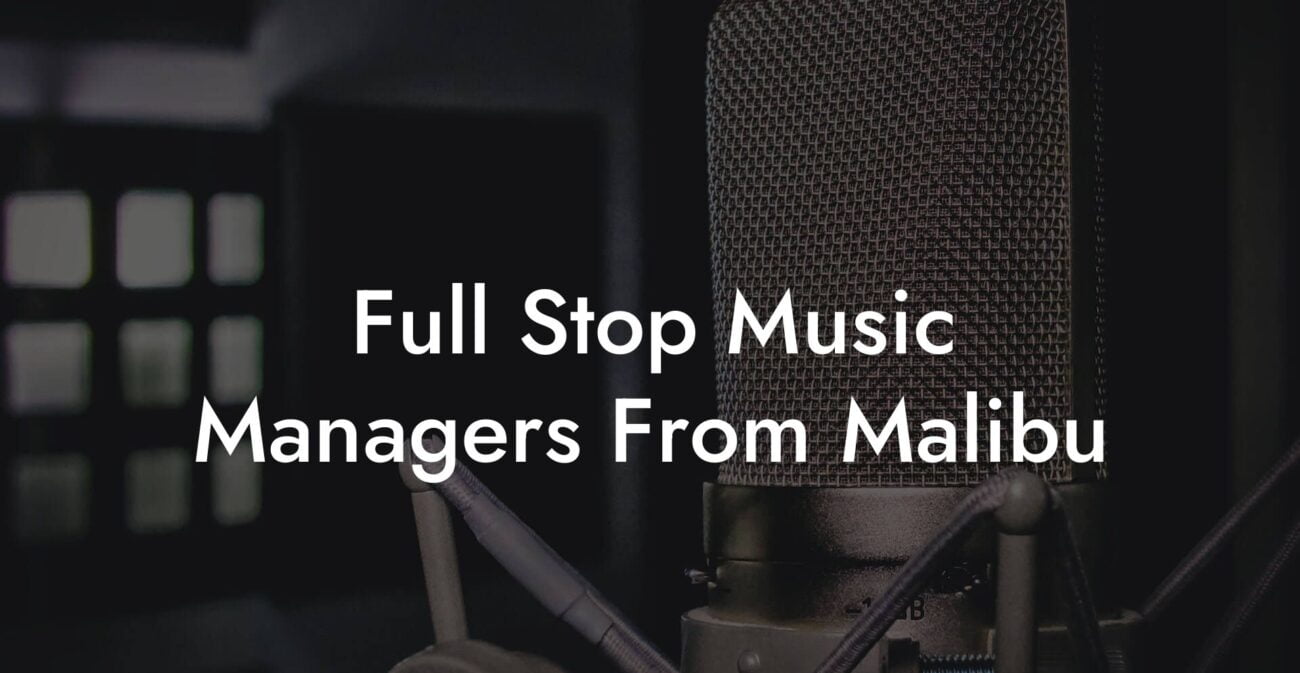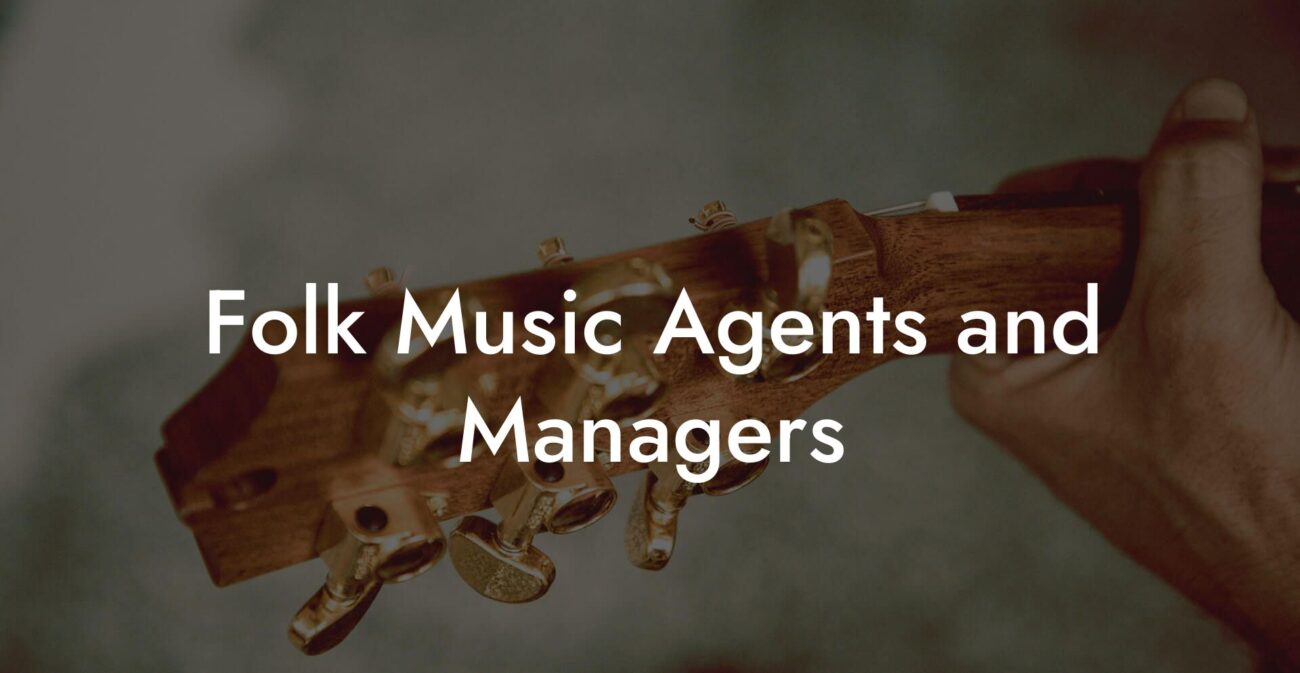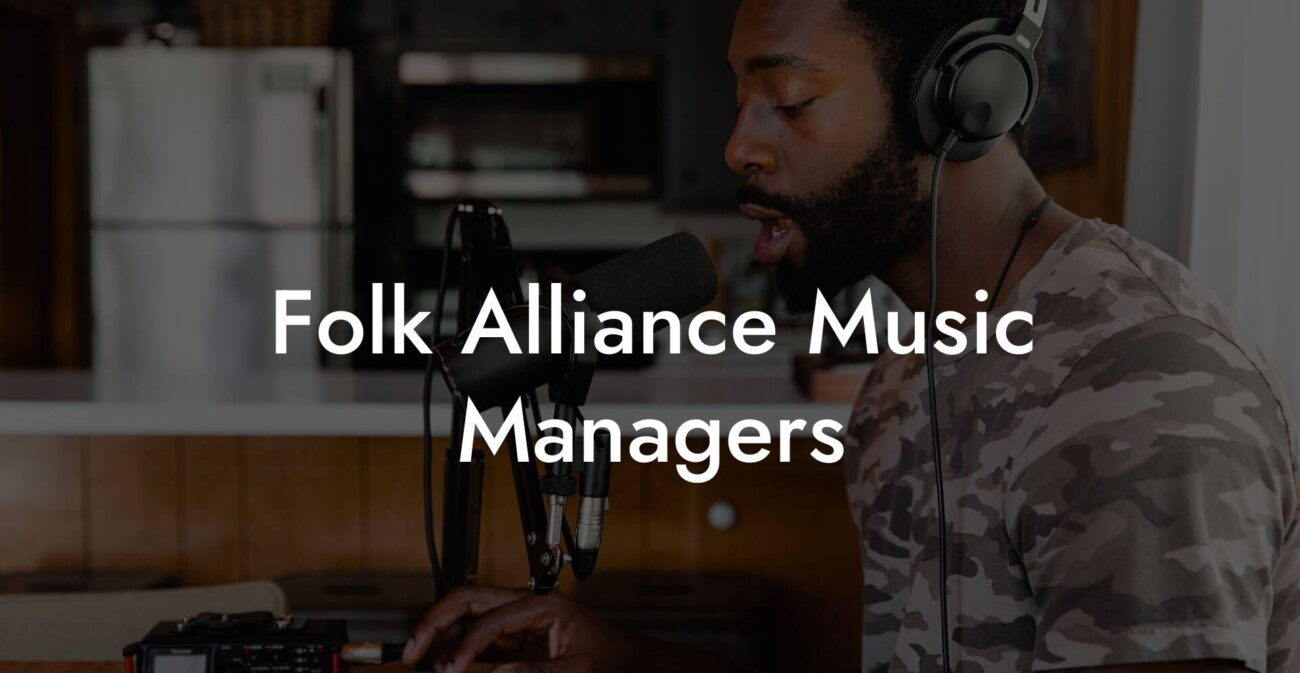Songwriting Advice
How To Write A Bluegrass Song
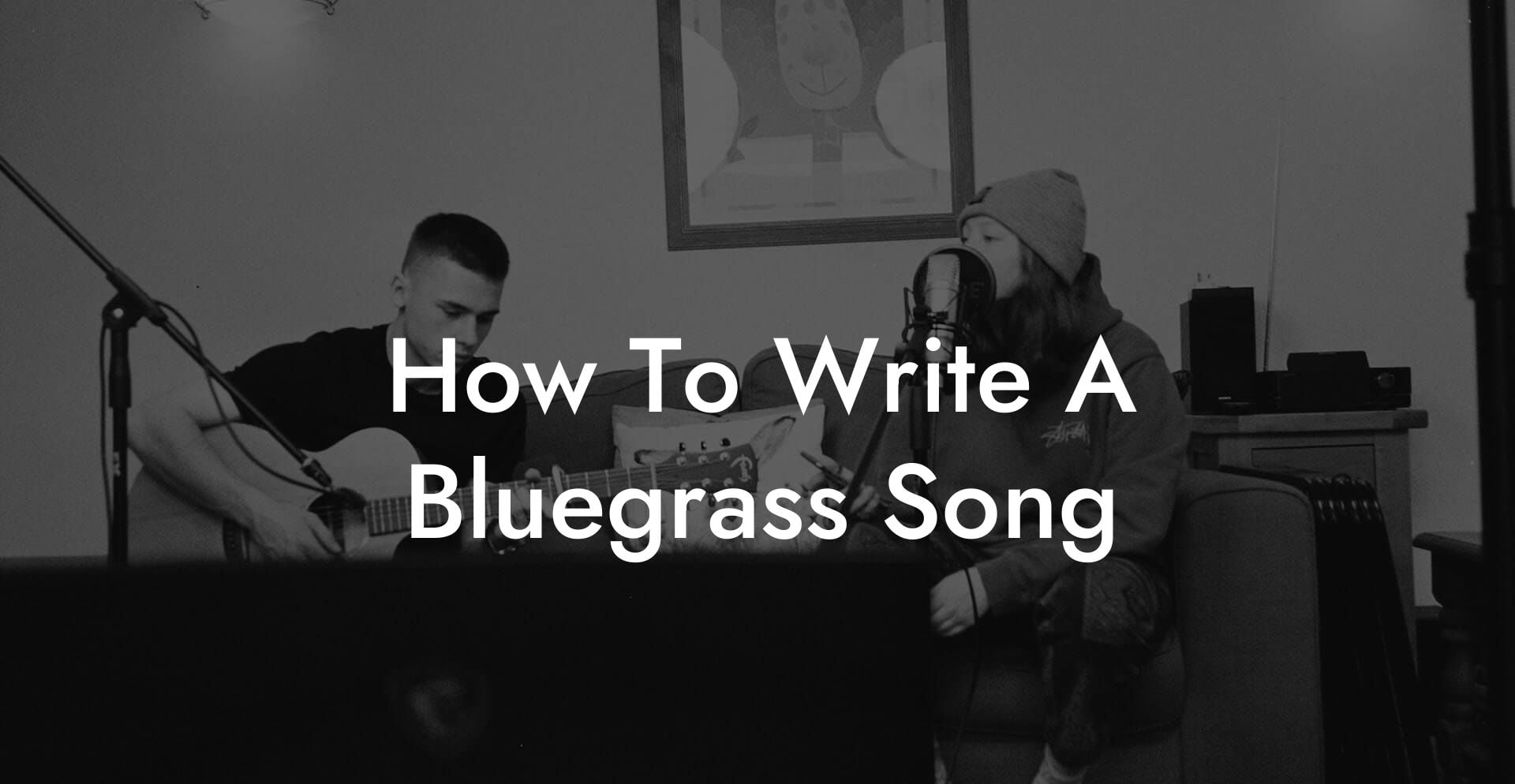
You want a bluegrass song that makes people clap, cry, and sing along in the same breath. You want a melody that rides like a freight train. You want tight lyrics that feel like a porch story. You want the banjo to sound like a manic laugh and the fiddle to cry like the sky. This guide gives you the exact tools, mindsets, and drills to write authentic bluegrass songs that modern listeners will love.
Quick Interruption: Ever wondered how huge artists end up fighting for their own songs? The answer is in the fine print. Learn the lines that protect you. Own your masters. Keep royalties. Keep playing shows without moving back in with Mom. Find out more →
Quick Interruption: Ever wondered how huge artists end up fighting for their own songs? The answer is in the fine print. Learn the lines that protect you. Own your masters. Keep royalties. Keep playing shows without moving back in with Mom. Find out more →
Quick Links to Useful Sections
- Why Bluegrass Still Slaps
- Core Elements Of A Bluegrass Song
- Common Instruments And What They Do
- Guitar
- Banjo
- Mandolin
- Fiddle
- Upright Bass
- Dobro or Resonator Guitar
- Bluegrass Song Structure That Actually Works
- Verse Chorus Verse Chorus Break Verse Chorus
- Verse Verse Break Verse Break
- Verse Chorus Verse Break Double Chorus
- Lyrics: What To Write About And How
- Common Themes
- Verse Writing Formula
- Melody And Phrasing For Bluegrass
- Singable Range
- Phrasing Tips
- Harmony Singing And The High Lonesome Sound
- Real life practice scenario
- Chord Progressions And Keys
- Common Progressions
- Banjo Rolls, Mandolin Chops, And Guitar Rhythm
- Banjo Roll Types
- Mandolin Chop
- Guitar Rhythm
- Arrangement And Where To Put Breaks
- Recording A Demo That Gets Bookings
- Essential recording tips
- How To Keep Songs Authentic Without Copying Tradition
- Publishing Basics For Songwriters
- Exercises To Write Bluegrass Faster
- Image And Action Ten Minute Drill
- Chorus In Five Minutes Drill
- Banjo Roll Rhythm Drill
- Harmony Glue Drill
- Before And After Lines To Show The Fixes
- Common Mistakes And How To Fix Them
- Action Plan You Can Use Tonight
- Bluegrass Songwriting FAQ
Everything here is written for artists who want fast results and real outcomes. We will cover bluegrass history context, instruments and roles, common forms, lyric craft, melody work, harmony singing, banjo and guitar techniques, arranging for a band, recording demos, performance tips, publishing basics, and practical exercises you can do this week. For every technical term or acronym we explain it so nothing sounds like secret handshake code. Expect real life examples like busking on a corner, tiny festival stages, and late night van rehearsals.
Why Bluegrass Still Slaps
Bluegrass is old money and street cred at the same time. It is steeped in acoustic virtuosity but built on songs about small human truths. Think heartbreak, hard work, wandering, redemption, and dirt roads. The music rewards clear storytelling, strong rhythms, and virtuosic instrumental breaks. Bluegrass listeners want to hear honesty and skill in equal doses.
Modern writers bring new slang, new lyric angles, and modern production to the form. This guide helps you keep the DNA intact while making songs that do not sound like museum pieces. Yes you can write a traditional sounding song and also sneak in a clever line about a phone battery or a cheap motel coffee. Authenticity is about feeling true not about copying an era note for note.
Core Elements Of A Bluegrass Song
- Story driven lyrics with concrete images and a clear emotional spine.
- Driving acoustic rhythm that moves forward even at ballad speeds.
- Instrumental breaks where banjo, mandolin, fiddle, or guitar solo and show off tastefully.
- Close harmony singing often two or three part, with high lonesome lead voice above tight backups.
- Simple diatonic harmony that supports melody rather than distracts from it.
Common Instruments And What They Do
Understanding instrument roles is songwriting stealth. If you write with the band in mind your arrangements will feel natural.
Guitar
Often the rhythmic backbone using flatpicking or steady rhythm strums. Flatpicking is playing a melody or single note runs with a pick like a plectrum. The player keeps time and can also take tasteful solos.
Banjo
Usually 5 string and played with finger rolls. The banjo provides rhythmic drive and rolls that fill space. A roll is a repeating finger pattern that outlines chords while creating forward motion. Banjo tends to create a bright, percussive texture.
Mandolin
Chops on the off beats and quick runs. A chop is a percussive muted chord played on the downbeat to create a snare like sound. Mandolin also provides high melodic fills and quick tremolo for emotion.
Fiddle
Long lines, double stops, and emotional voice like a human cry. Double stops are two notes played at once on a bowed instrument to create harmony. Fiddle solos and fills often shape the emotional arc.
Upright Bass
Provides the low end and pulse. It normally plays a basic root and fifth pattern and anchors the tempo. The bassist keeps the train steady.
Dobro or Resonator Guitar
Slide instrument that adds mournful tones and shimmering sustain. It works great in breaks and to color a chorus.
Bluegrass Song Structure That Actually Works
Bluegrass tends to use simple forms that let instrumental breaks breathe. Below are the most common shapes you should consider.
Verse Chorus Verse Chorus Break Verse Chorus
Good for songs with a memorable chorus. Verses tell the story. The chorus hits the emotional point. Breaks feature instrument solos between sections.
Verse Verse Break Verse Break
Classic for narrative songs where the story keeps moving forward. No chorus is required. The break acts like a conversation interlude between verses.
Verse Chorus Verse Break Double Chorus
Use when the chorus is the heart of the song and you want a big return. Double chorus at the end can repeat with harmony or extra lines for payoff.
Remember to plan instrument breaks. After each chorus or after each two verses is a good default. Solos should feel like a natural extension of the line not like self indulgence.
Lyrics: What To Write About And How
Bluegrass lyrics are basically stories with emotion. The specifics matter. Avoid generic platitudes and go for objects, times, and small moments. Place crumbs like a town name, a time of day, a physical object, or a smell. These anchor a listener faster than a long explanation.
Common Themes
- Heartbreak and leaving or being left.
- Work and travel like trains and highways and truck stops.
- Family and hometown memory.
- Faith and redemption.
- Drinking and joy and sorrow in the same night.
Example real life scenario: You wrote this on a tour van at 3 AM. The acoustic lights are dim. Your bassist is snoring and a motel coffee tastes like burnt regret. The line you write about the coffee becomes the anchor image for the whole verse. That is bluegrass craft. Small truth reads as big truth.
Verse Writing Formula
- Start with an image. One tangible object or scene. Example: an empty ticket stub on the hotel nightstand.
- Add an action. What did somebody do with that object. Example: I crumpled the stub and tried to forget.
- Add a time crumb or place crumb. Example: Route 9 was a wet ribbon under the sign for Dawson.
- Finish with implied emotion or consequence. Example: The radio still played your name at midnight.
Craft your hook or chorus from the emotional spine of the verses. The chorus states the main emotional promise in simple language so people can sing along after one listen.
Melody And Phrasing For Bluegrass
Bluegrass melodies are rooted in folk and country. They use simple scales and strong contour so the voice can soar over busy accompaniment. Keep the melody singable and give space for instrumental fills.
Singable Range
Keep verses in a comfortable lower to mid range and let the chorus climb. The human ear loves contrast and an ascent into the chorus yields emotional release.
Phrasing Tips
- Write phrases with natural speech rhythms. Speak the line out loud then sing it. That keeps prosody natural. Prosody means how natural word stress lines up with musical stress on beats.
- Leave space for instrumental punctuation. If the line ends on a short phrase add a quick banjo roll or mandolin chop to answer it.
- Use repetition for memory. Repeating a short phrase in the chorus helps fans sing along.
Harmony Singing And The High Lonesome Sound
Bluegrass harmony often features a high lead voice with close harmony above or below. The high lonesome sound is the plaintive tenor that gives bluegrass its emotional bite. That means stacking vocals in thirds or fifths and using a tenor harmony above the lead for effect.
Example: Lead sings the melody. Tenor sings a harmony a third above on long notes. Baritone sits below filling the gaps. If you only have two singers use tenor and lead or lead and baritone. Practice matching vowel sounds so the harmony blends literally.
Real life practice scenario
At a backyard jam you and your buddy have a growly lead voice and a bright soprano. Try swapping parts. Sing the lead low and let the bright singer take the high harmony. Record on your phone and listen back. Small adjustments to timing will make you sound like a family band even if you are not related.
Chord Progressions And Keys
Bluegrass favors diatonic harmony. Which means songs often stick to the notes of one major scale or its relative minor. The most common chord families use Roman numerals to show relationships. Here is a quick primer.
Roman numerals explained: I means the one chord built on the first scale degree. IV means the chord built on the fourth scale degree. V means the chord built on the fifth scale degree. So a I IV V progression in the key of G is G C D.
Common Progressions
- I IV V. Example in G: G C D. Great for drives and choruses.
- I vi IV V. Example in G: G Em C D. Adds a moody minor touch.
- I V vi IV. Example in G: G D Em C. Familiar and singable.
Play these progressions with alternating bass notes like 1 5 1 5 on the guitar and add banjo rolls that outline chord tones. Pick keys that suit the singer. Capo explained: A capo is a clamp you put on the guitar neck to raise pitch without changing chord shapes. Use it if you need a higher key but want easy chords.
Banjo Rolls, Mandolin Chops, And Guitar Rhythm
The groove in bluegrass comes from patterns not from heavy production. Learning a few standard banjo rolls and guitar rhythms will upgrade your song instantly.
Banjo Roll Types
- Forward roll. A rolling pattern that moves from low to high strings creating momentum.
- Reverse roll. The backward motion creates a different feel and fills different rhythmic space.
- Alternating thumb roll. Emphasizes the bass with a steady thumb pattern and fills with fingers.
These are names not secret codes. They are patterns you can learn in a practice session. A roll should always outline the chord tones so the banjo supports the harmony while sounding busy.
Mandolin Chop
On beats two and four the mandolin cuts a short percussive chord to simulate a snare hit. That chop gives bluegrass its driving bounce. When you write the song leave space for the chop to land right after a vocal phrase.
Guitar Rhythm
Use alternating bass and steady strum or flatpicked single note patterns. The guitar often drives the verse rhythm and can switch to full strum in the chorus for lift.
Arrangement And Where To Put Breaks
Think of your song as a conversation between singer and band. The singer speaks the story. The band nods and then speaks back with solos. A simple reliable map is this:
- Intro motif two to four bars
- Verse one
- Chorus
- Instrumental break with one or two solos
- Verse two
- Chorus
- Chain of solos then final chorus
Instrument allocation tip: Give solos to different instruments in sequence. If banjo opens the break let fiddle follow and guitar close. That variety keeps interest and showcases the band without crowding the spacing.
Recording A Demo That Gets Bookings
You do not need a full studio. Record a clean live demo with good mic choices and a simple arrangement. Bluegrass listeners appreciate raw energy. Capture the performance not just perfect takes.
Essential recording tips
- Use a cardioid condenser microphone for vocals if possible. If not use the cleanest mic available.
- Record live with minimal bleed. The chemistry of a single performance is valuable.
- Keep levels where peaks do not clip. Clipping means the signal gets distorted and unusable.
- Capture a solo pass for each instrument even if the main recording is live. These can be used for fixing small timing slips.
Real life example: You have five songs recorded where the energy is great but one line goes flat. Keep the take anyway. Replace the single line later. Promoters care about the vibe more than tiny pitch wobble if the performance sells the song.
How To Keep Songs Authentic Without Copying Tradition
Authenticity means you mean it. You can honor bluegrass by using core elements like rolls, close harmony, and story focus while writing lines that come from your life. If your parents were into bluegrass you might have family phrases. Use them. If you grew up listening to hip hop, a tight rhythmic vocal line can work perfectly in bluegrass. The goal is truth not imitation.
Publishing Basics For Songwriters
Song ownership matters. When people cover your song or a festival books you to play it you want credit and sometimes money. Key concepts explained.
Copyright explained: Copyright is the legal right that gives you ownership of your song. Registering with the government makes it easier to enforce rights and collect money.
Performance rights organizations explained: These are companies that collect royalties when your songs are played on radio or in public. Examples include ASCAP, BMI, and SESAC. Each one is a company that tracks performances and pays songwriters. Choose one to register with when you are ready to collect public performance royalties.
Split sheets explained: When you co write a song you should write down who owns what percentage. A split sheet is a simple document that avoids later fights. Real life scene: You wrote the chorus at a truck stop and your friend wrote the verses. If you never wrote down the split and the song gets picked up you will want that paper. Do the split sheet early and keep it friendly.
Exercises To Write Bluegrass Faster
Use timed drills to force choice and truth. Bluegrass thrives on simplicity and momentum. Here are practical prompts you can do today.
Image And Action Ten Minute Drill
Set a timer for ten minutes. Pick one concrete image in your space. Write four lines where that image does something in each line. Make each line a camera shot.
Chorus In Five Minutes Drill
Write the emotional promise of the song in one plain sentence. Turn that into a short chorus line. Repeat it once and add a closing line that reveals the consequence. Keep language everyday and singable.
Banjo Roll Rhythm Drill
Put on a basic I IV V loop. Play or tap three different banjo rolls over it for five minutes. Record the one that feels like it answers the vocal. Use that as the main banjo texture in your song.
Harmony Glue Drill
Sing the chorus melody while a friend sings a harmony on top. Record it. Move the harmony up or down a third until the vowels match and the blend sounds like one voice. If you are alone record two passes and stack them.
Before And After Lines To Show The Fixes
Theme: Leaving town
Before: I left town and I felt sad.
After: I packed your coffee mug into the glove box and drove past the diner where we argued on spring break.
Theme: Heartbreak
Before: I miss you every day.
After: Your sweater still hangs on the chair like a guest who never left.
Theme: Finding hope
Before: I found hope in myself.
After: I planted my old guitar in the window and let the morning sun teach my hands to move again.
Common Mistakes And How To Fix Them
- Too many ideas. Fix by choosing one emotional promise and orbit every detail around it.
- Vague lines. Fix by swapping abstract words for concrete images like roads, coffee, letters, and train whistles.
- Overplaying in breaks. Fix by editing solos for taste. If the crowd starts clapping before the solo ends you have gone too long.
- Pitchy live vocals. Fix with practice, better monitoring, and slight arrangement changes to put the melody in a comfortable key.
Action Plan You Can Use Tonight
- Write one plain sentence that states the song promise. Example: I am leaving but I still love you. Turn it into a short title.
- Pick a structure. Use Verse Chorus Verse Break Chorus as a default.
- Make a simple I IV V loop in a key that fits your voice. If you need higher use a capo.
- Do a five minute chorus drill. Sing the promise on a strong vowel and repeat it once. Add one line that reveals consequence.
- Draft verse one using an object action time formula. Ten minutes. Make it a camera shot.
- Choose where the banjo roll will live. Practice a basic roll for five minutes and record it on your phone to check feel.
- Record a live pass with vocals and one instrument. It does not need to be perfect. Capture performance.
- Do a split sheet if you collaborated. Even a photo of the paper is better than nothing.
Bluegrass Songwriting FAQ
What tempo should a bluegrass song be
Bluegrass can be fast or slow. Traditional bluegrass often moves fast with tempos between 120 and 160 BPM. BPM means beats per minute. Ballads sit slower in the 60 to 90 BPM range. Choose a tempo that matches the story. A fleeing train works fast. A lonely porch scene works slow. Match energy and tempo for emotional honesty.
Do bluegrass songs need a chorus
No. Many classic bluegrass songs are narrative without a repeated chorus. Use a chorus when you have a simple emotional line that benefits from repetition. If the story needs forward motion keep the verses moving and place instrument breaks to give listeners a chance to breathe.
How do I write authentic bluegrass lyrics
Be specific. Use objects, place names, times of day, and small actions. Tell a story with a clear emotional spine. Sing lines out loud to check prosody. If a line could be a camera shot keep it. If it reads like a poster toss it and try again.
What keys work well for bluegrass singers
Open keys like G, A, and D are common because they suit guitar and mandolin shapes and make banjo rolls comfortable. Pick a key that suits the vocalist. Use a capo to change pitch without changing shapes.
How long should my instrumental breaks be
Keep solos concise. One chorus length for each solo is a good default. If you have multiple instruments do single chorus rotations. The crowd will clap for concise tasty solos. If you are recording an instrumental track you can extend breaks more but keep musical intent clear.
Can I write bluegrass with modern lyrics
Yes. Bluegrass is a living form. Modern details can sit next to traditional instruments as long as the emotional truth holds. A line about a busted GPS can feel modern and real while still fitting the bluegrass aesthetic when handled with humor or heartbreak.
How do I get my bluegrass song heard
Play at local jams, open mics, and house concerts. Record a clean demo and share to bluegrass radio shows, playlists, and festival submission forms. Networking at jams matters more than cold emails. Bring a clean split sheet and a physical demo when you meet bookers.
What is the high lonesome sound
The high lonesome sound is a vocal quality common in bluegrass where the lead voice carries a plaintive high register with raw emotional edge. It is achieved by breath control, vowel shaping, and honest delivery. You do not need to force a scream. Aim for sincere open vowels and a slightly thinner vocal timbre on long notes.
How do I collaborate with band mates without fighting
Be clear about roles and shares early. Use split sheets for songwriting credits. Communicate arrangement ideas before rehearsals. Give solos space and rotate opportunities. Respect each player and aim for collective taste over individual ego. If a fight starts step outside and drink a glass of water together. The music benefits from calm.


